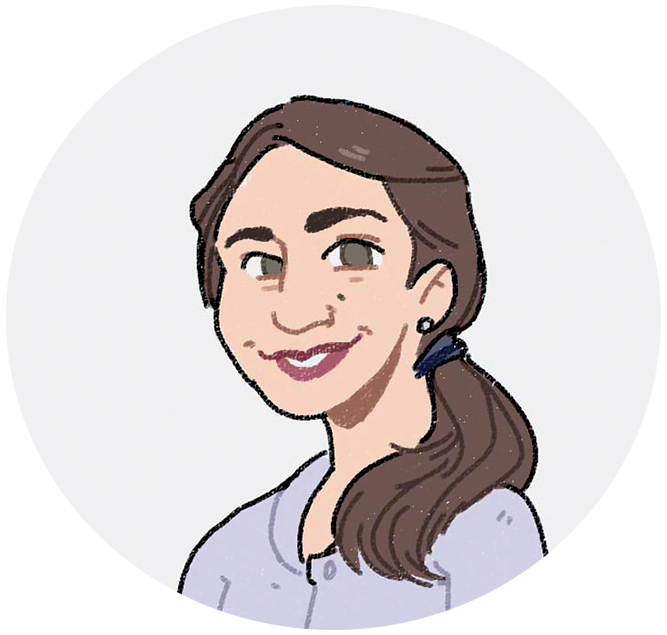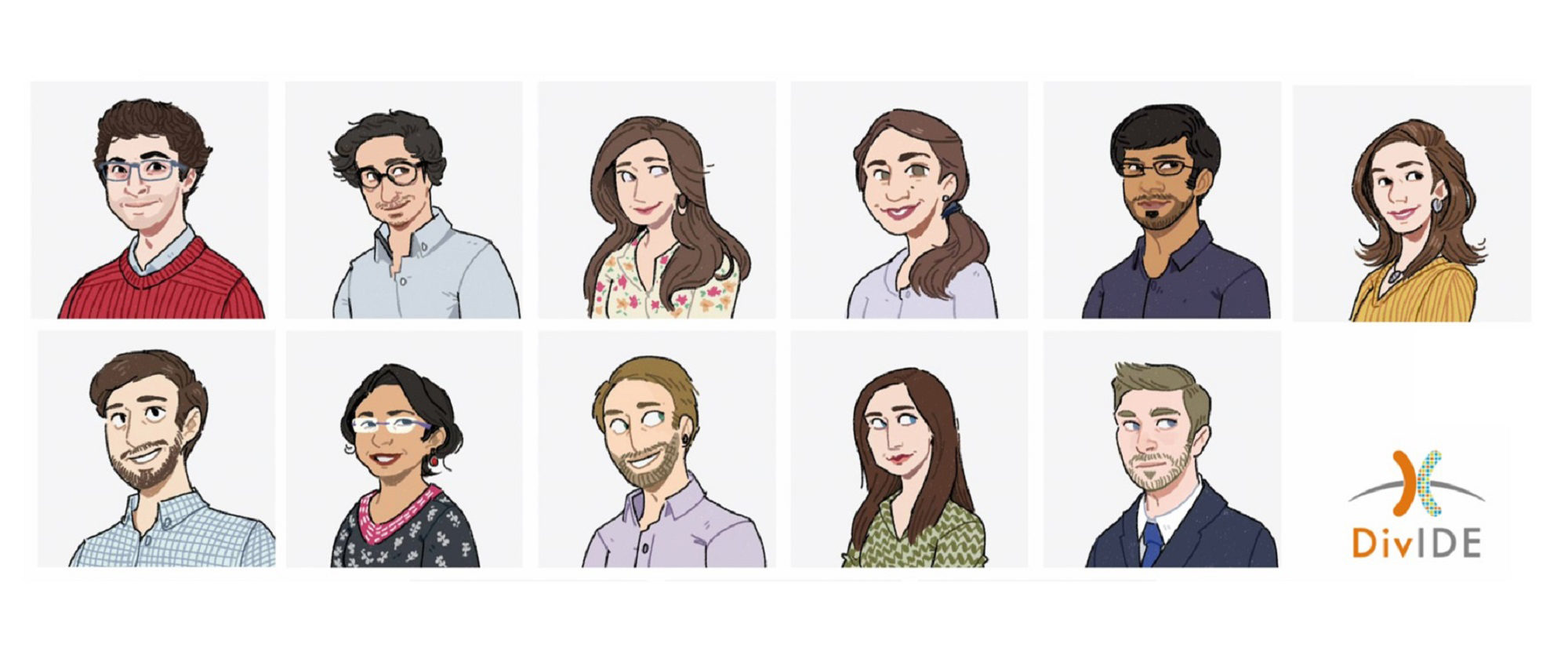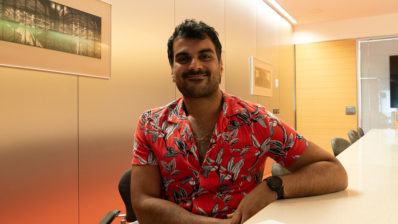We became a team under the umbrella of the Marie Curie European Training Network within the H2020 programme. Every one of us remembers distinctively the moment when our project coordinator announced that we were expected to bring a conference to life. The first thought for most of us was, “as if we don´t have enough to do already…”. Eighteen months later, we can say we’ve made it, and it has been worth it.
All different, all connected
Each one of us comes from a different background. Our projects are connected by cellular division , varying from microtubule studies (in vitro or in yeast, Xenopus eggs, somatic cells and human oocytes) to structural characterization of mitotic proteins, drug discovery, computational modeling and spindle reconstruction with electron microscopy. We work under the roof of five different prestigious institutions – Centre for Genomic Regulation (CRG) (Barcelona), Max Planck (Dortmund), Institute Curie (Paris), TU Dresden (Desden), The Crick Institute (London) – and three promissing companies; Clinica EUGIN (Barcelona), Cherry Biotech (Rennes) and LDC (Dortmund).
With this diversity of backgrounds and being eleven people located kilometers away – either literally on the map or figuratively on the personality – the challenges of finding a common path for our journey were not insignificant. Our first meeting took place in September 2017. Here we share what we have learned over the following year and half.


LESSON ONE: Use a task manager application
There are a great amount of decisions that need to be made when organisnig a conference, starting from the obvious, such as choosing topic, conference size, location, date, and duration. After these, many other decisions will come, and the choices have to be well-justified; our skype meetings were filled with fiery discussions and intense brainstorming! Pablo introduced us to a task manager application which made our coordination easier.
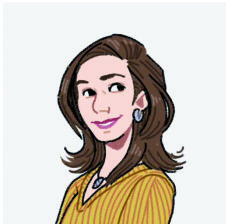
LESSON TWO: Allocate clear roles
A key moment facilitating productive and meaningful interactions was the allocation of clear roles. Our roles were categorized in four groups: Logistics, Budgeting, Communication/Marketing, and Scientific Content. This task assignment maximized our chances in succeeding as we tried to match the different role requirements to our existing soft skills and know-how.

LESSON THREE: Appoint a project leader
We started off without a “project leader”, which resulted on an occasional lack of a clear aim and no monitoring of whether we were meeting the deadlines. This role comes with responsibility, which we were all reluctant take on. This changed as the doctorate experience shaped our confidence and helped us discover aspects of our character that best fit to the role of team leader, project manager, communicator, etc.

LESSON FOUR: Work as a team
One of the industry partners pointed out the importance of hierarchy and role distribution. However, this model of pyramidal organization would deprive us of the core experience this task was meant for: team work. Rather than having a boss who may consult their colleagues but take the final decision him or herself, our approach was more like that of a football team – with Natalia Dave Coll, who is managing and coordinating the DivIDE network, as our brilliant coach, helping us realize the skills we needed and what we each were are good at.
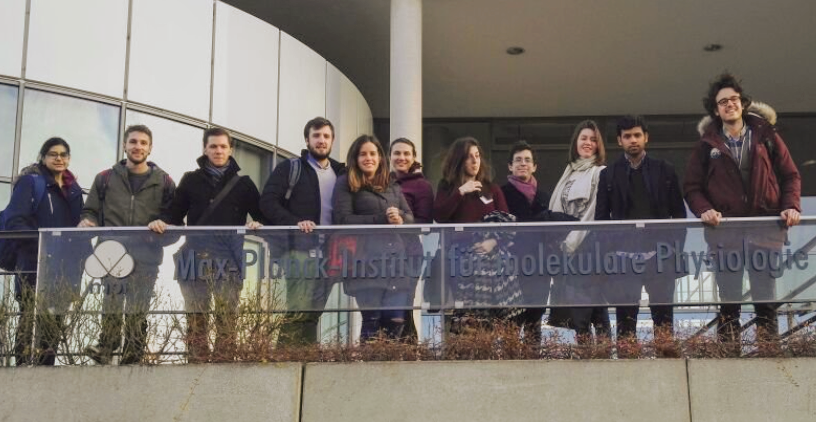
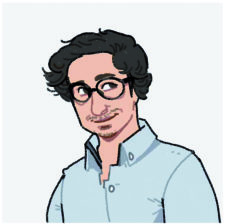
LESSON FIVE: Be ambitious
It has not only been about struggle and challenges, though. We have also had pleasant surprises which gave us a healthy dose of confidence and charged our motivation batteries. We initially proposed an ambitious panel of speakers that we would invite to the conference. We thought that most of them would refuse, and we would have to do a second round, reducing our expectations. It turned out that all of them accepted. It was very nice to see how established researchers are willing to participate in a conference organized by PhD students.

LESSON SIX: Get some help!
Another source of immense support has been regarding administrative work, which would have been impossible to tackle without the help of the skillful CRG personnel, namely Ester Montava and Laura Prat. It is their precious experience in organizing such events that allowed us to proceed step by step, paying attention to the tiniest detail.
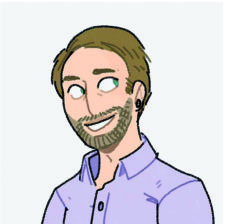
LESSON SEVEN: Learn about yourself
Organizing a conference sculpts professional relationships in ways no other venture can, by creating both pulling and pushing forces – quite alike to the spindle microtubules. There needs to be a mindful concentration, an alignment of expertise, a strategic organization, a stable but dynamic structure. This process offered an opportunity to discover abilities we did not know we possess and respect limits imposed by ourselves or by others.
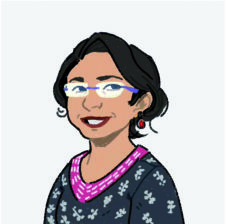
LESSON EIGHT: Enjoy!
Finally, we have enjoyed the extraordinary advantage of “being backstage”. Experiencing how this is done from the inside and not as an observer. It is behind the curtains where you see the effort, the weak moments, the offers for help, the team spirit and the complex web of relationships and interactions on which your whole creation is built.
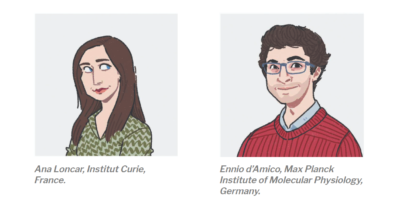 “It seemed almost impossible to organize it in the beginning, considering we are eleven people with different visions, geographically far away. Now, two months shy from the conference, we can see our efforts taking shape and we can say we am pleased with how the conference is coming along”.
“It seemed almost impossible to organize it in the beginning, considering we are eleven people with different visions, geographically far away. Now, two months shy from the conference, we can see our efforts taking shape and we can say we am pleased with how the conference is coming along”.
Conclusions

Yet, we are describing all of this prior to the actual event. We can only imagine what the actual conference will bring in terms of lessons to be learnt, troubleshooting to be performed and urgent demands to be addressed swiftly and efficiently. The most precious feedback and judge of our success will be that of the participants. Therefore, we welcome you to join us in this expedition for sharing scientific knowledge and hope to see you on the 30th of May at the Biomedical Research Park of Barcelona (PRBB) for the “From pole to pole: molecules and mechanisms of the spindle” conference.
